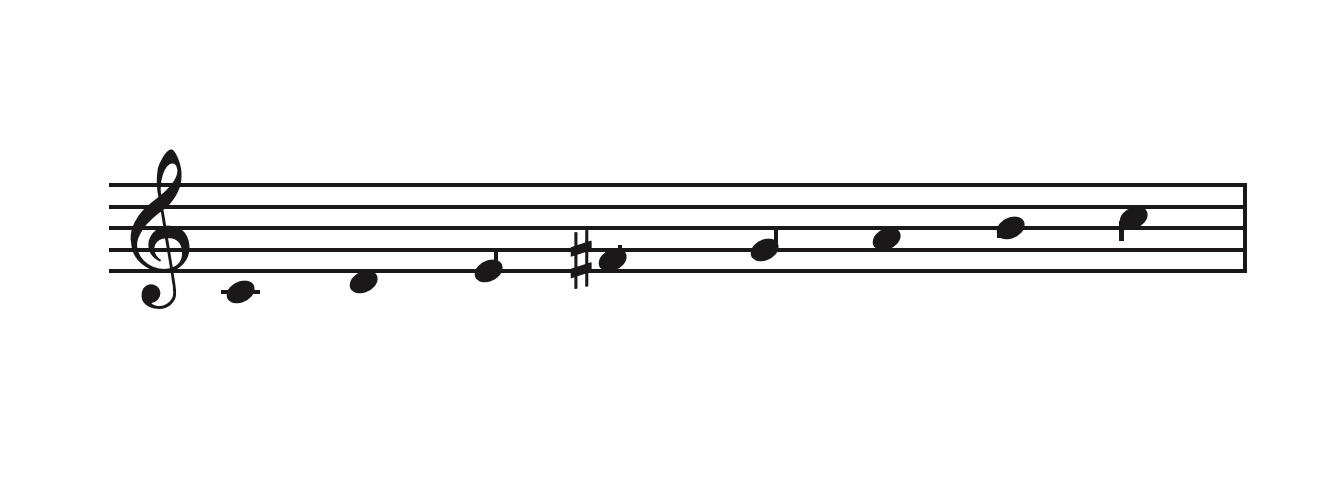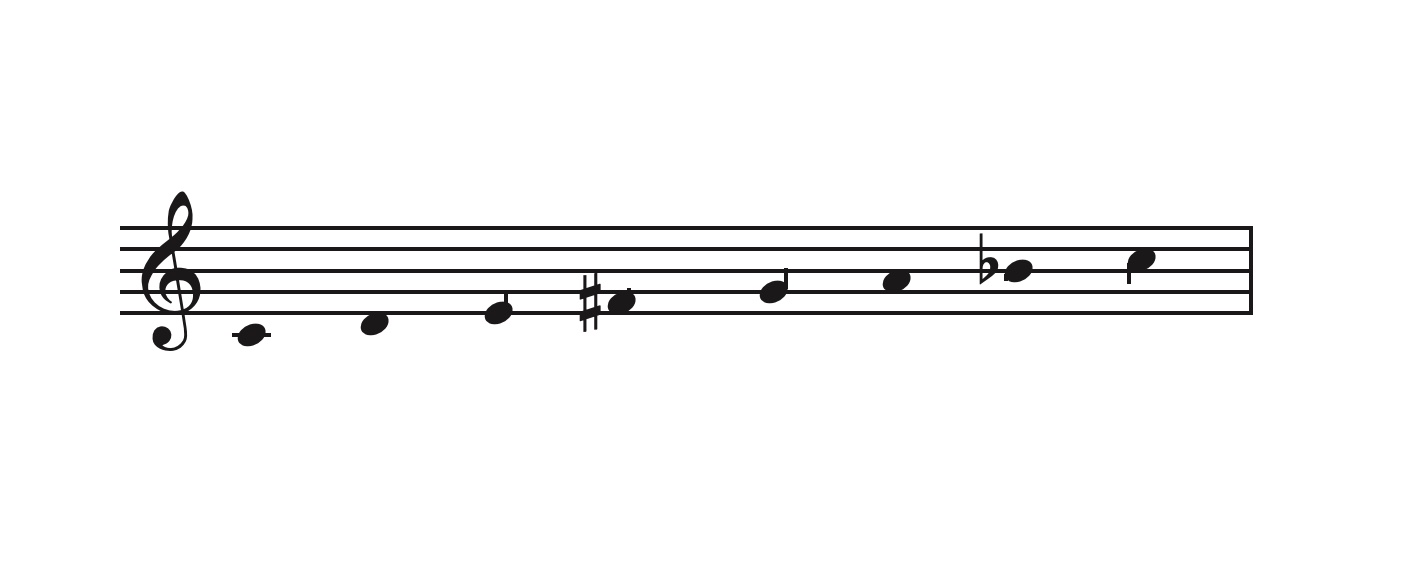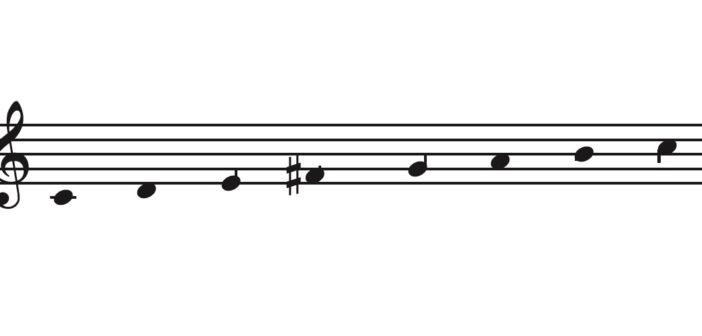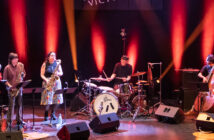This page is also available in / Cette page est également disponible en:
![]() Francais (French)
Francais (French)
Composer George Russell’s theoretical construct that underpins all of this work stems from a basic fact and and a flaw within it. The fact is that all Western music has been built on scales for centuries, more specifically the major one. The flaw for Russell was this choice was a mistake.
You not need to know music theory to have heard of the C major scale, the pitches from C to C using all white keys on the piano (C, D, E, F, G, A, B, C – its French equivalents as on the figure below being do,ré,mi,fa,sol, la, si, do).


This seven-note scale (a.k.a heptatonic) is the result of a series of perfect fifths compressed into the range of one octave. Yet, when following this principle an inconsistency appears at the end when an F(fa) appears instead of F# which is the perfect fifth of the previous note. (Try these out on a piano, you will notice that the F does not sound right, whereas the F# does, because F# is consonant with B as a perfect interval, whereas F will sound dissonant.)
If you return to your initial C scale, but play an F#, you have what is called the ‘Lydian mode’, a term from Ancient Greece where a system of musical modes were devised, of which the major scale used in Western music corresponds to the ‘Ionian mode’.

As for the F, the mistake is that it does not belong on the top of the series of perfect fifths but at the bottom of it, i.e. below the low C. Therefore, if you play from C to C on the piano, the bottom note, or root, is not C but F.
To add some historical context here, Russell devised his theory at a time when the foundations of Western music had been severely shaken in the first half of the 20th century. Until that time, music was cast in tonalities, major and minor, because they were built on selected pitch sequences, i.e. scales. The new system, called atonal, expanded the pitch sequences to include all 12 chromatic tones contained within an octave, but more importantly in a random order rather than the upwards or downwards sequences of scales. This however abolished all order of relationships between notes in scales and consequentially harmonic functions assigned to one or the other of the scale degrees.
For Russell, this system was not viable for jazz or any other popular music, because their identities were determined by tonal colours that scales can create. One need not have a grasp of music theory to hear the difference between Japanese, hispanic or Slavic music, not to forget the blues. Russell wanted his system to work within a tonal framework, yet one that could also use all 12 chromatic pitches at the same time. He would describe this as “pantonality”, or extended tonality if you will.
To achieve this, he proceeded to systematically alter the Lydian scale and derive new ones that would incorporate gradually these added chromatic notes, a few examples illustrated below.
1-Lydian Dominant
 2- Lydian minor
2- Lydian minor

3- Lydian augmented

and so on…
Over the years, Russell kept defining and refining his construct, even pulishing new and expanded editions of his work. For those wanting to dig in deeper, the best, of course, is to get the book or, alternatively, to search YouTube for one of many videos on the subject, some cursory, others far more involved.
For more on the man, his life and works, go to the main feature of this section here that also includes two profile fo two other jazz greats, pianist Lennie Tristano and a tribute to the recently deceased Wayne Shorter.
This page is also available in / Cette page est également disponible en:
![]() Francais (French)
Francais (French)













